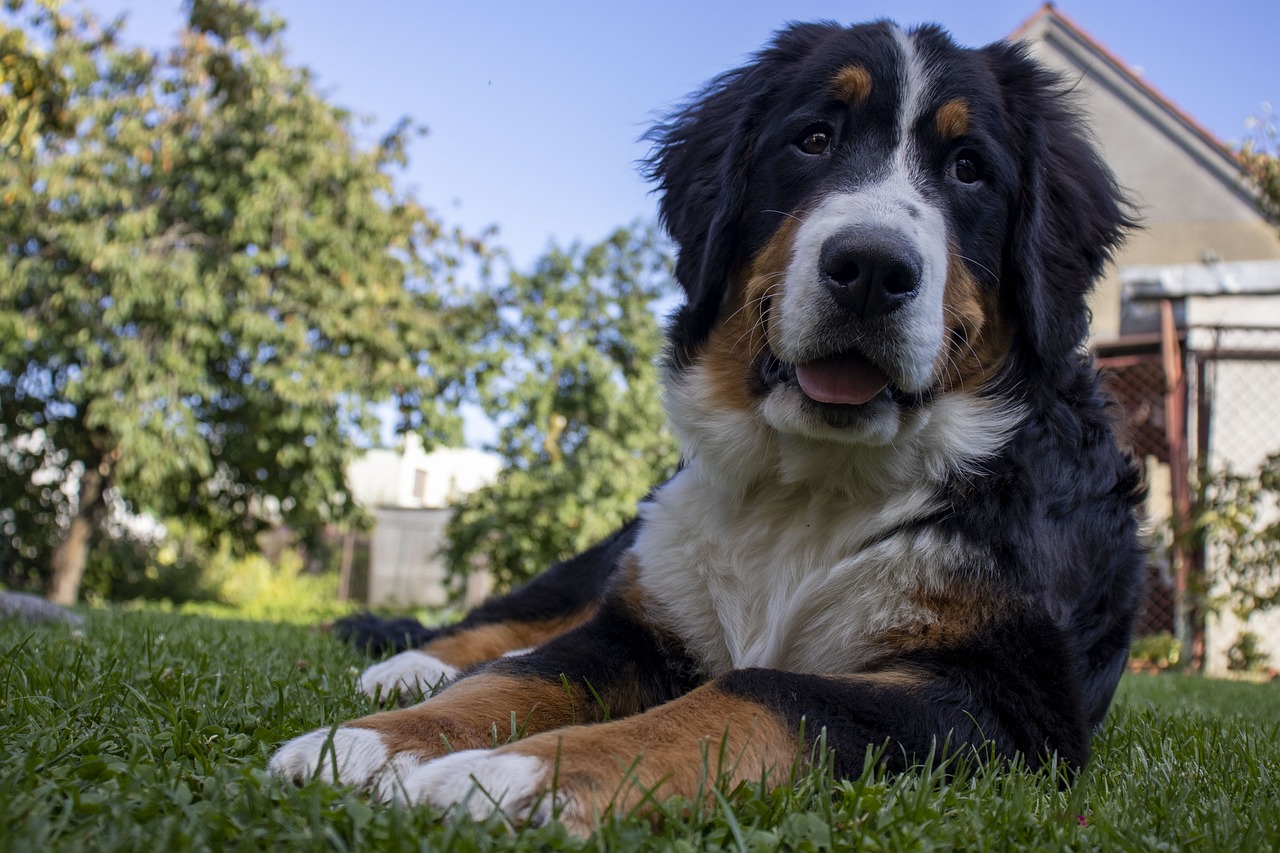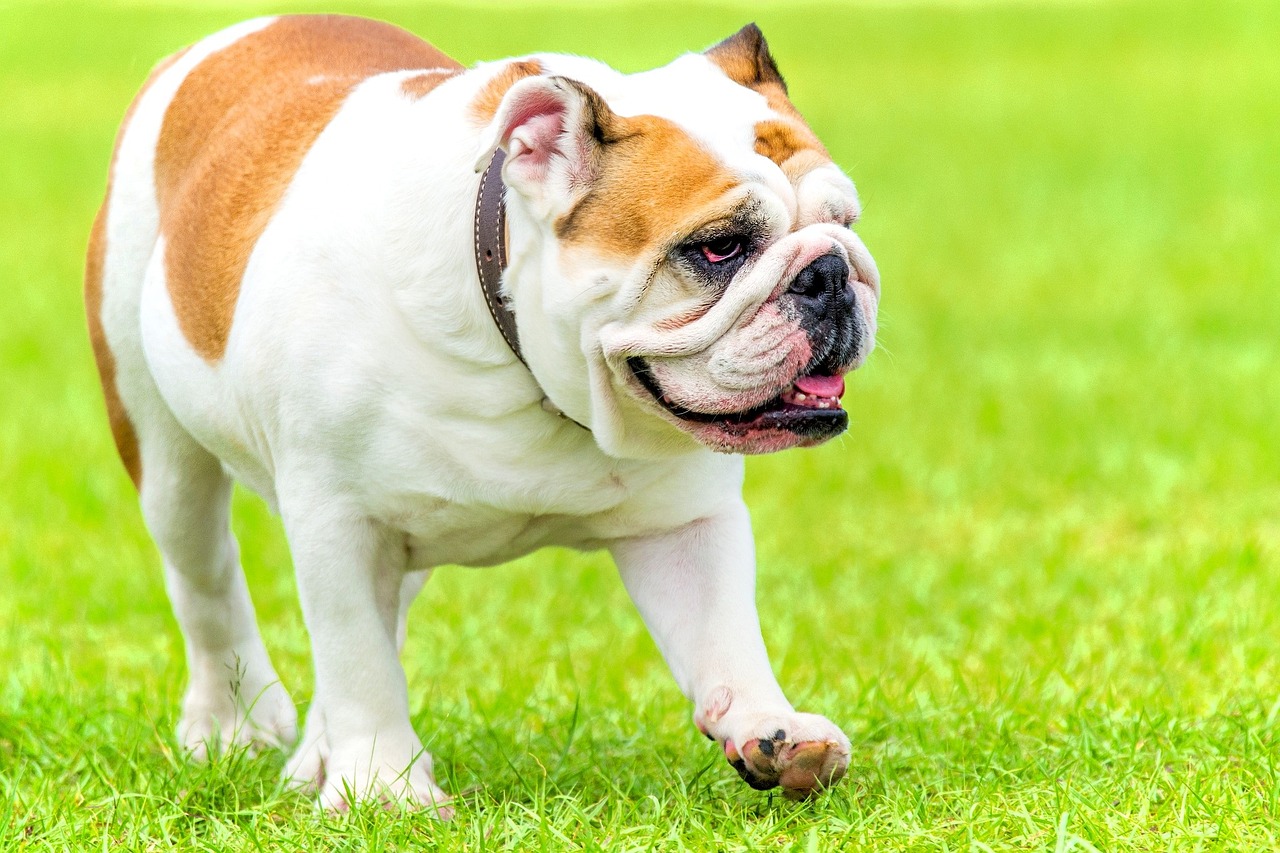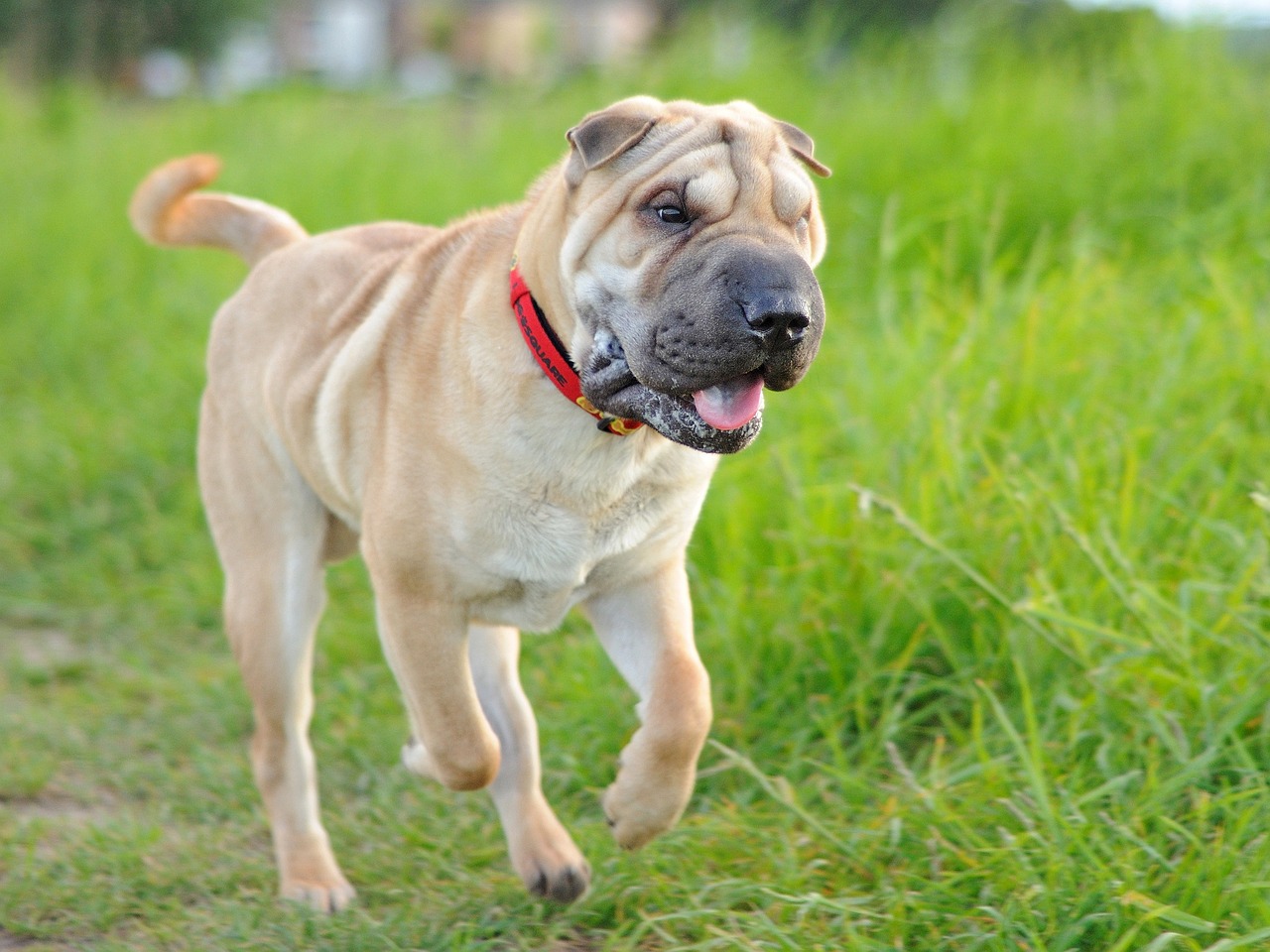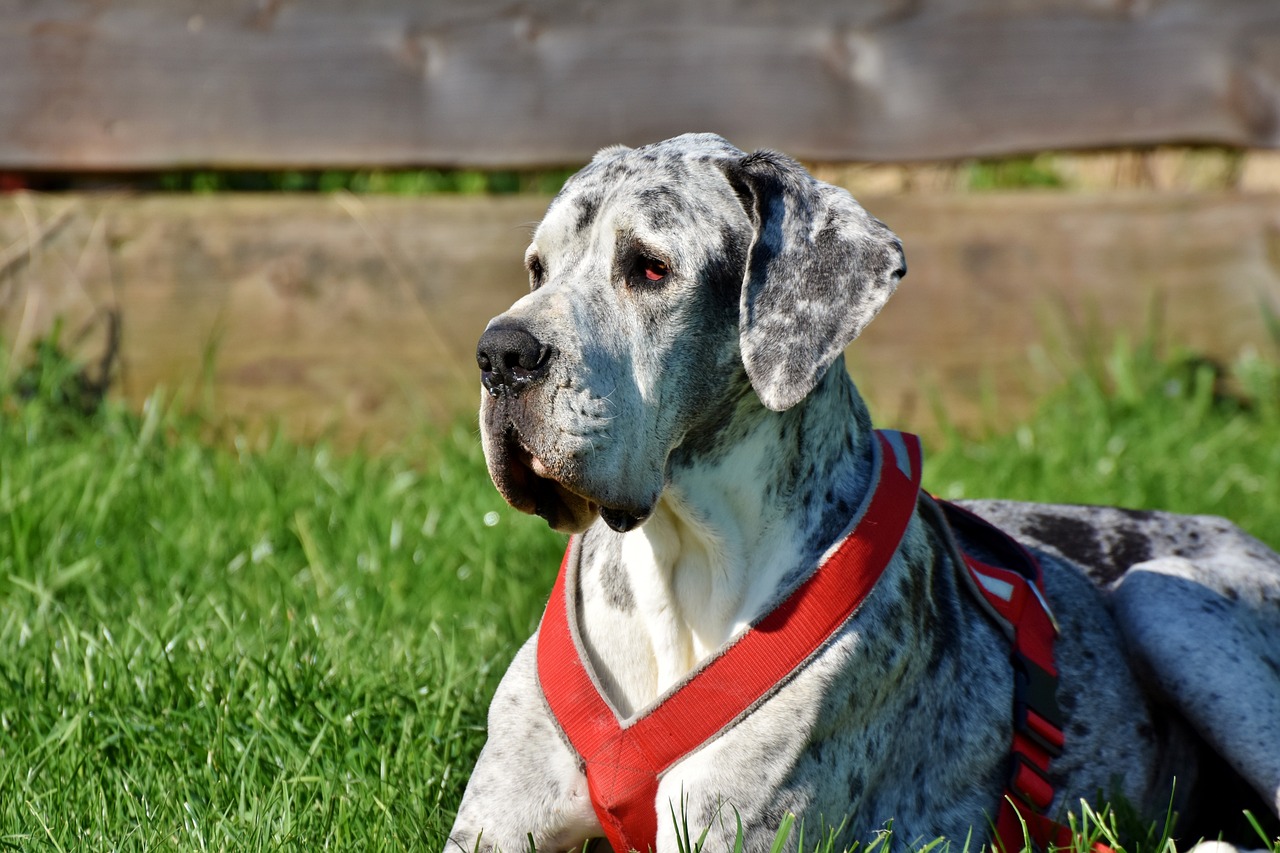Embarking on the journey of dog ownership is a decision filled with joy and anticipation. However, it’s also a commitment that comes with responsibilities, one of the most significant being the health and well-being of the new family member. While all dogs can incur veterinary expenses, certain lesser-known breeds are predisposed to health issues that can lead to higher veterinary bills. These conditions range from genetic predispositions to diseases, specific physical structures that may cause problems, or even rare ailments that require specialized care. This article delves into 8 lesser-known dog breeds known for their potential to incur substantial veterinary costs, aiming to provide prospective owners with crucial information for making an informed decision.
1. Cavalier King Charles Spaniel
The Cavalier King Charles Spaniel is renowned for its affectionate nature and beautiful, expressive eyes. However, this breed is prone to several costly health issues. Chief among these is Mitral Valve Disease (MVD), a heart condition that often requires ongoing treatment and can lead to expensive surgeries. Additionally, Cavaliers are susceptible to Syringomyelia (SM), a severe condition where cavities or cysts form within the spinal cord near the brain. Managing SM can involve medication, surgery, and regular veterinary visits, contributing to higher overall healthcare costs.

2. Bernese Mountain Dog
Bernese Mountain Dogs are gentle giants known for their loyalty and calm disposition. Unfortunately, they have a relatively short lifespan for their size, often due to their cancer susceptibility. Moreover, they are prone to hip and elbow dysplasia, a common issue in larger breeds that can lead to arthritis or require surgical intervention. These health concerns, coupled with their potential for hereditary conditions like bloat and autoimmune diseases, can lead to significant veterinary expenses throughout their lives.

3. English Bulldog
The English Bulldog, with its distinctive, lovable face, is susceptible to a range of health problems often related to its brachycephalic (short-nosed) structure. Respiratory issues, skin infections within their skin folds, and joint diseases like hip dysplasia are common. Bulldogs may also suffer from heart conditions and are at a higher risk during anesthesia due to their unique airway structure. The breed’s health complexities necessitate regular, sometimes specialized, veterinary care to manage these conditions effectively.

4. Shar-Pei
The Shar-Pei is recognizable by its deep wrinkles and blue-black tongue. This unique coat and skin structure predispose the breed to chronic skin conditions and infections that can require lifelong treatment. Shar-Peis are also at risk for Shar-Pei Fever, a hereditary condition unique to the breed, characterized by fever and swelling of the hocks, potentially leading to kidney failure. The breed’s distinctive features, while appealing, contribute to veterinary expenses related to skincare, autoimmune disorders, and eye conditions due to eyelid abnormalities.

5. Irish Wolfhound
The majestic Irish Wolfhound, known for its towering height and gentle nature, has a predisposition for heart disease, particularly dilated cardiomyopathy, which can result in costly treatments and monitoring. Their large size also makes them susceptible to bone cancer, hip dysplasia, and bloat — a life-threatening emergency that requires immediate surgery. Despite their noble demeanor and loving companionship, the breed’s health issues can lead to significant veterinary bills over their unfortunately short lifespan.

6. Great Dane
Great Danes, the gentle giants of the dog world, face several health challenges related to their immense size. Like other large breeds, they are prone to hip dysplasia and heart conditions, but they are also at a high risk for bloat. Preventive gastropexy, a surgery to reduce the risk of bloat, is often recommended for Great Danes, adding to the cost of care. Their significant size can also contribute to joint issues and necessitate specialized diets, both of which can increase overall expenses.

7. Dogue de Bordeaux
The Dogue de Bordeaux, or French Mastiff, commands attention with its massive head and powerful build. This breed is prone to several hereditary conditions, including hip and elbow dysplasia, heart diseases, and especially brachycephalic syndrome due to their short snouts, leading to respiratory challenges. The breed’s size and health predispositions necessitate a commitment to regular veterinary care to manage these conditions. While they offer unmatched companionship, the cost of maintaining a Dogue de Bordeaux’s health can be considerable.

8. Weimaraner
The Weimaraner, a breed known for its striking gray coat and mesmerizing blue eyes, has its share of health issues that can lead to high veterinary costs. They are prone to gastric torsion (bloat) and hip dysplasia, both of which can require surgical intervention. Additionally, Weimaraners can suffer from genetic conditions such as Von Willebrand’s disease, a blood clotting disorder, and autoimmune thyroiditis. Managing these conditions requires ongoing care and can significantly impact the cost of ownership.

These breeds may capture hearts with their unique appearances and endearing personalities, prospective owners must consider the potential for high veterinary costs associated with their care. It’s essential to conduct thorough research, consider pet insurance, and prepare financially for the health needs of these lesser-known breeds. Owning a pet is a rewarding experience, but ensuring their health and happiness can come with significant responsibility and expense. By choosing a breed that aligns with one’s ability to meet these needs, owners can ensure a fulfilling life for their beloved companions.
 Toledo, United States.
Toledo, United States.